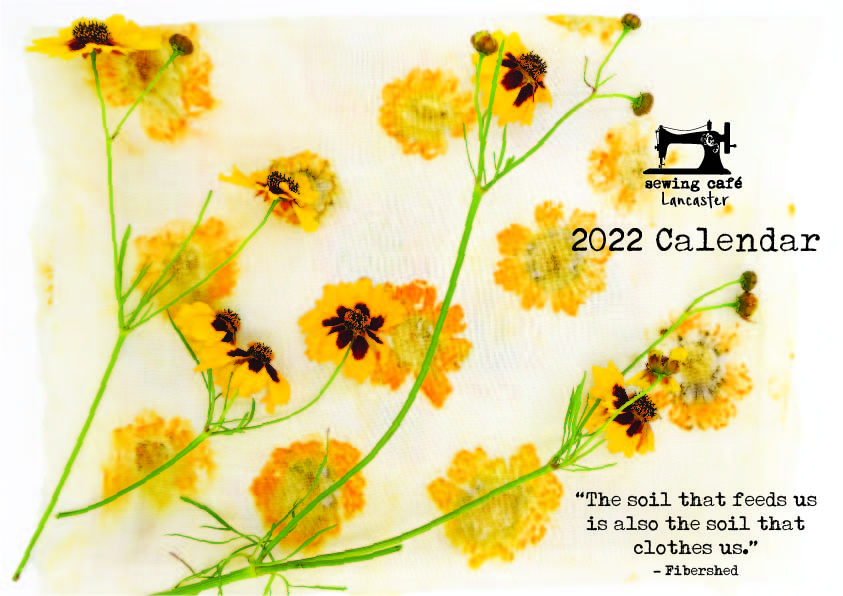


Did you know that in 1762 John Woolman and other abolitionist Quakers, refused to wear clothes made from material that had been dyed as the dyes were produced by slave labour? more info here
Textile mills generate 17 to 20% of the world’s industrial water pollution 72 toxic chemicals have been identified in water solely from textile dyeing, 30 of which cannot be removed.
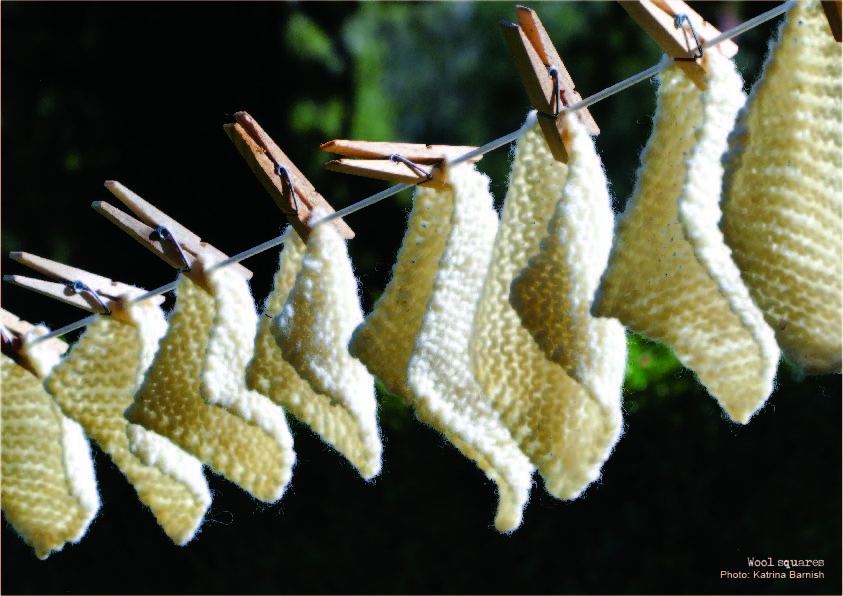
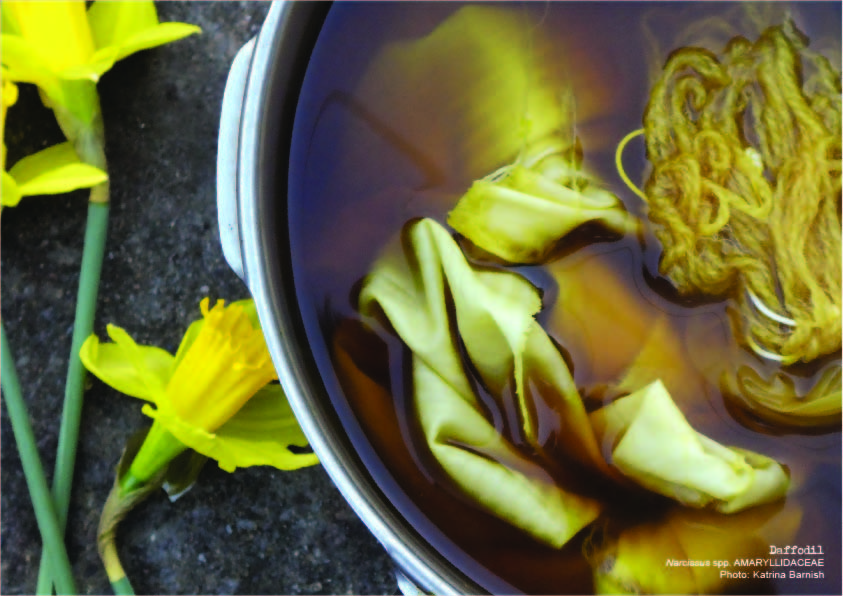
Daffodowndilly, BY Alan Alexander Milne
She wore her yellow sun-bonnet,
She wore her greenest gown;
She turned to the south wind
And curtsied up and down.
She turned to the sunlight
And shook her yellow head,
And whispered to her neighbour:
‘Winter is dead.’
Madder is an indigenous plant (Mediterranean regions, Asia, Africa and the Americas) the roots of which have been used for centuries to produce red and orange dyes, for example red military uniforms.
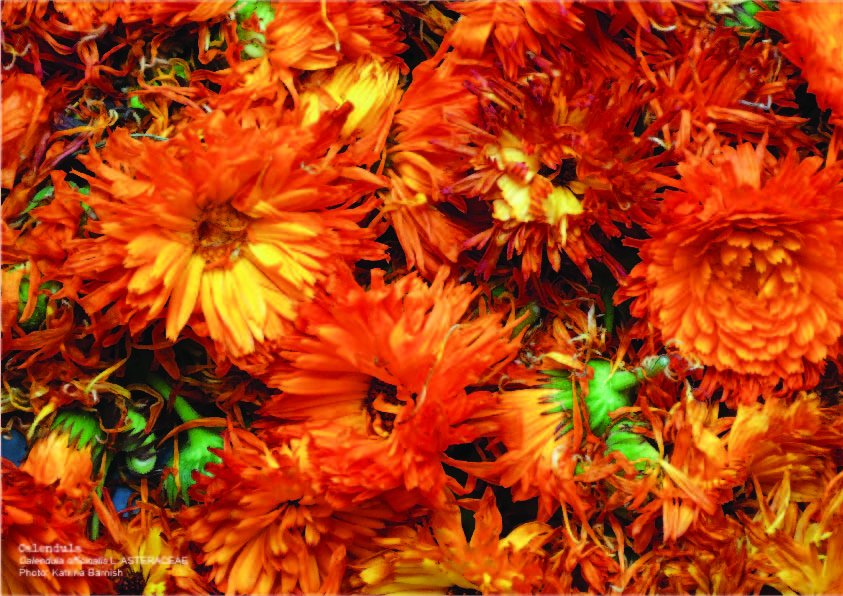
An old wives tale suggests that popping a tansy leaf into your shoe will ensure a safe journey. It is well known as a preservative.
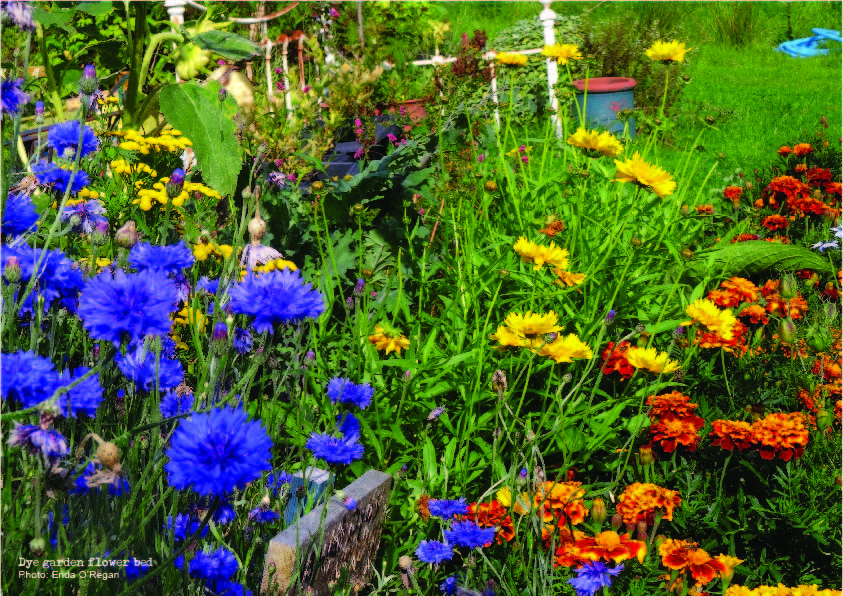
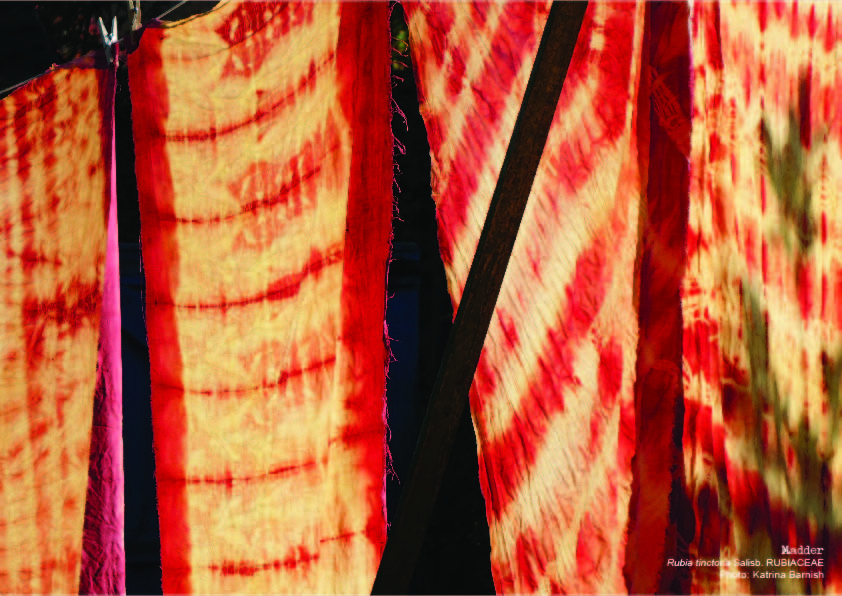
The use of natural fibres locally produced and processed on a small scale, allows for disposal as compost when the life cycle as a useful textile is over.
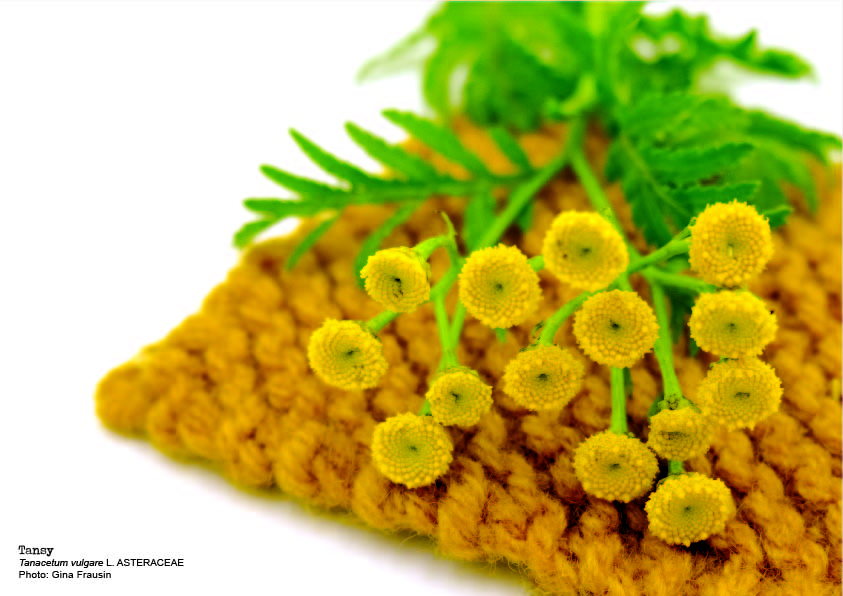
Exploitation of the Indigo (blue) trade was saturated with extreme labour abuses in earlier centuries.
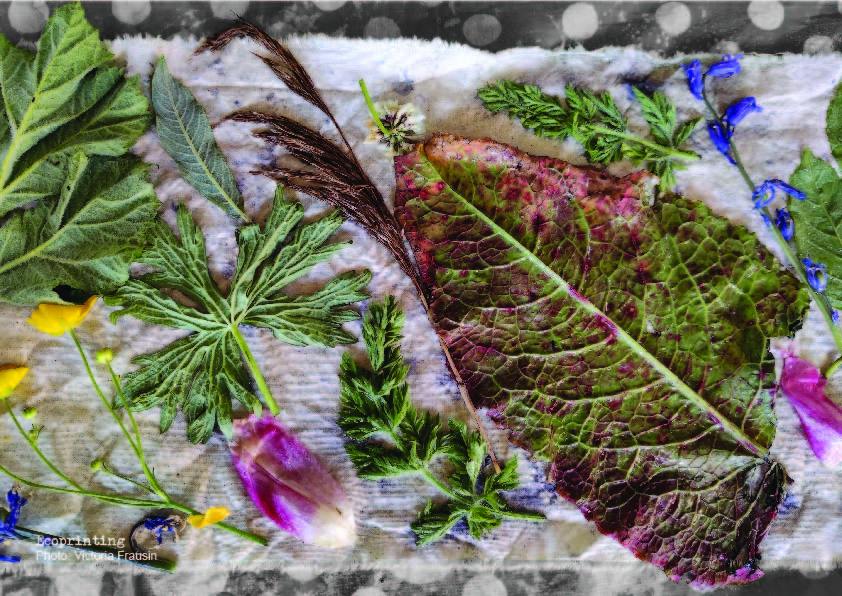
The industrial dyes in our clothes are an anonymous chemical cocktail. Have you heard of the side effects of some Azo dyes? more info here

A slow life focusing on simple pleasures is the only way to oppose the universal absurdity of fast Life.
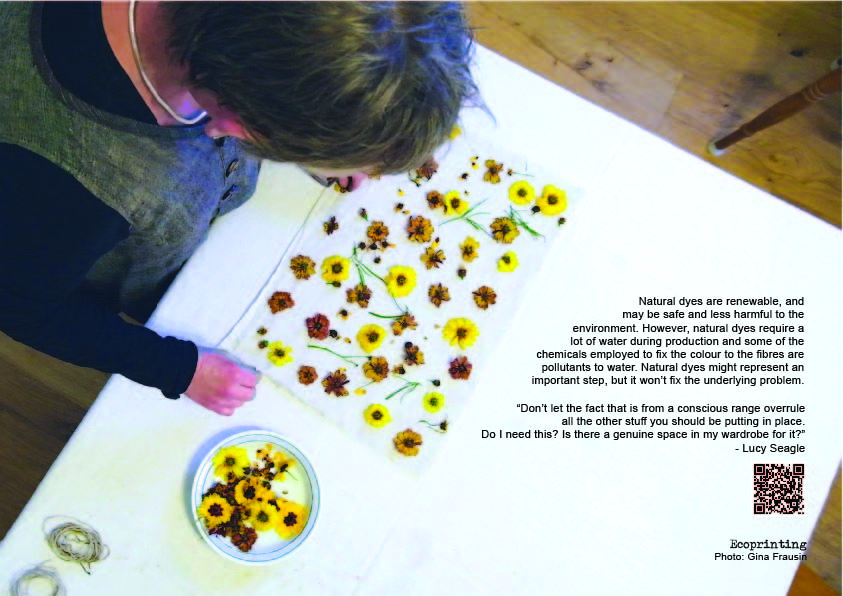

Eco-printing uses the naturally occurring pigments, tannins and acids present in leaves flowers , transferring colour thought steam heat.
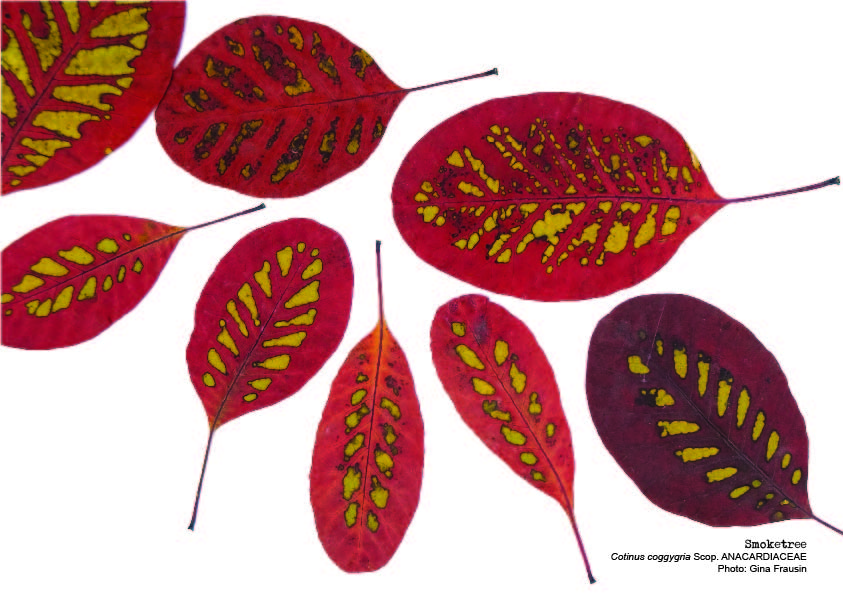
Should natural dyes be employed again on industrial scales?
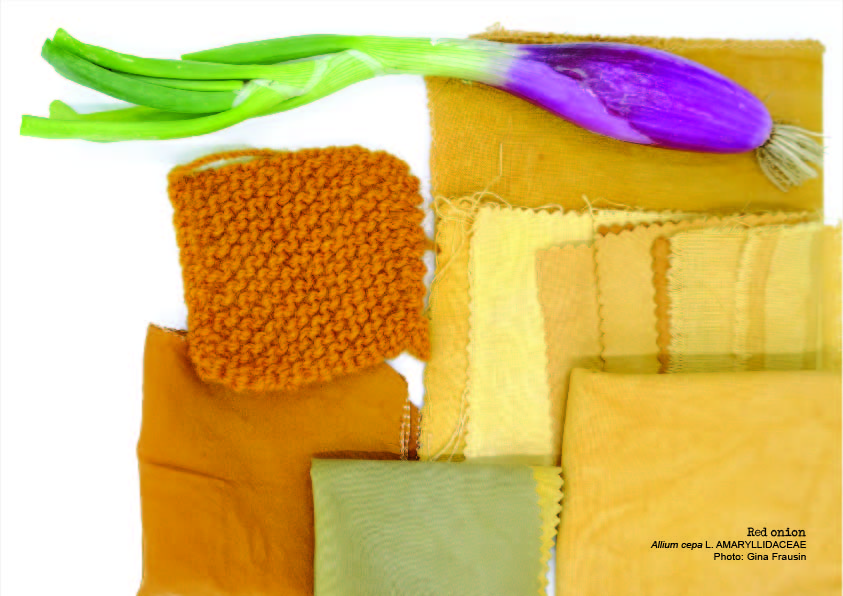

We have adopted what we believe to be a simple and practical approach to categorizing plants and dyes. We group all plants together as dyes ( whether they can be used on industrial scales or not) and we include native and non native species: both crops, wild plants and food waste.
This calendar has been put together by Natural dyes group, and designed by the amazing Kiki Callihan